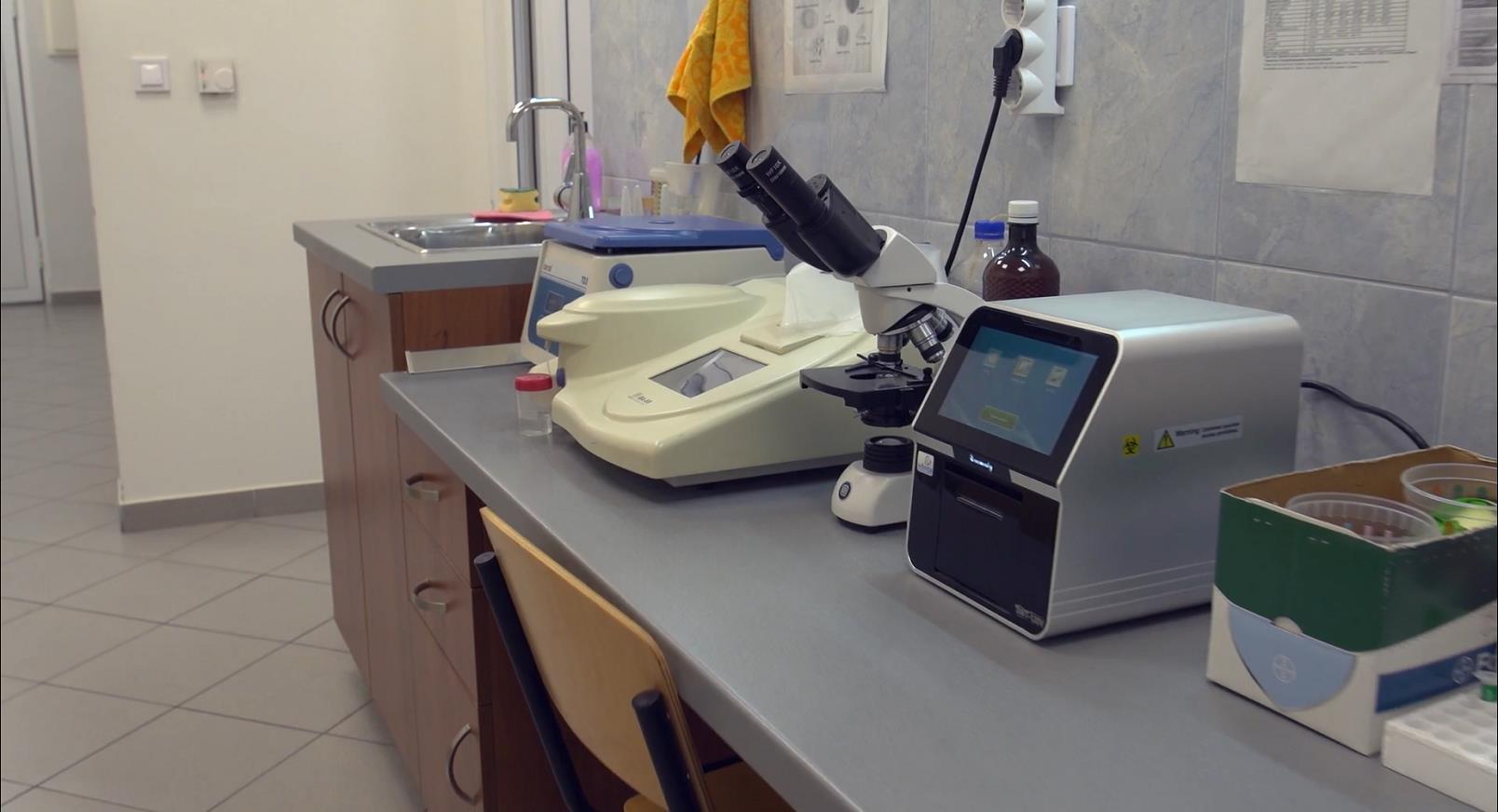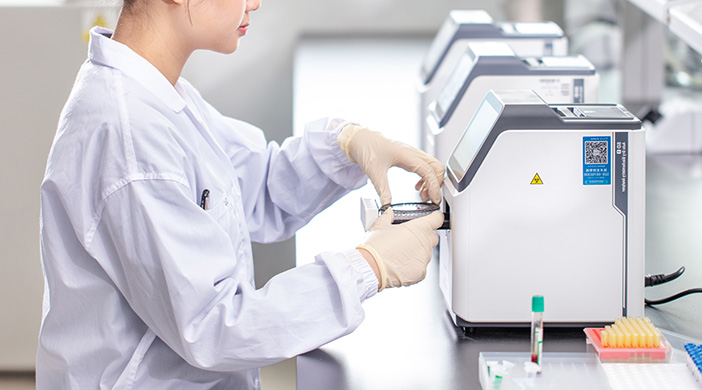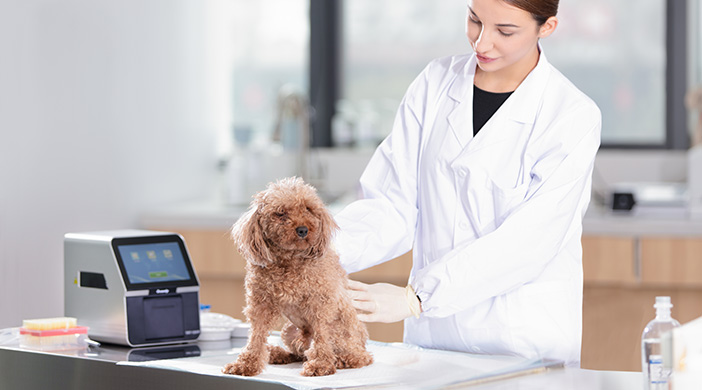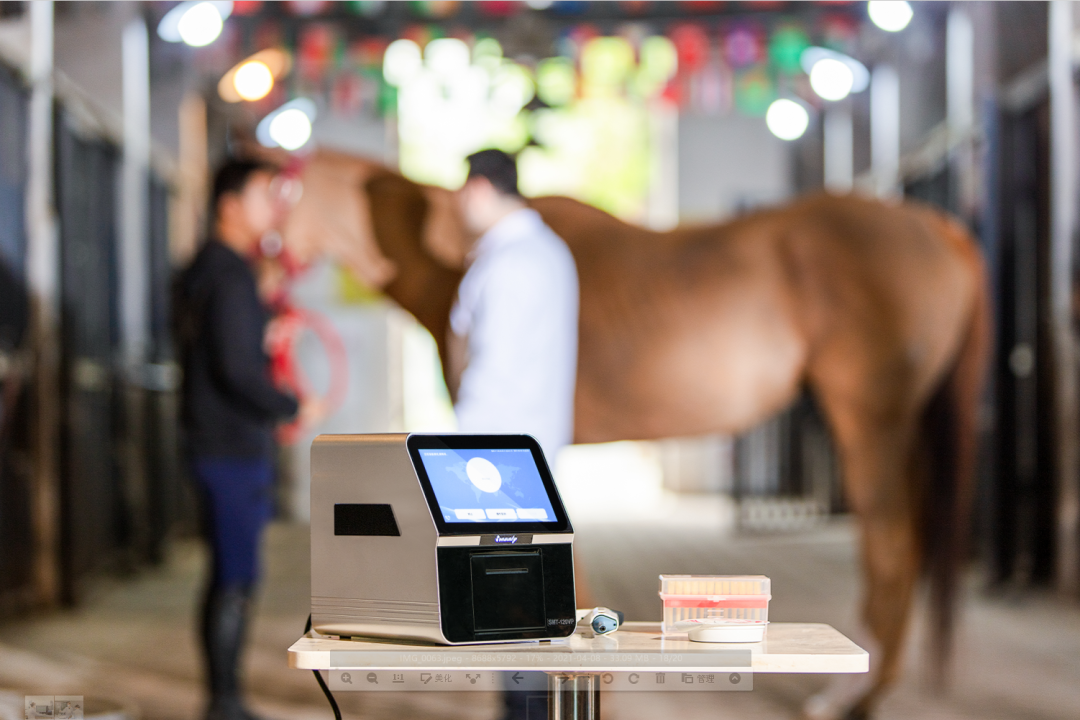release time:2021-08-17 15:28:12
First of all, let's talk about the dispensing room of the pet clinic. The dispensing room is mainly used for dispensing and storing medication for pets. It needs to be equipped with drug shelves, refrigerators, freezers and medicine dispensing tables. This is the foundation of the pet clinic.
Pet clinic isolation room is also a must. Isolation room is a special area set aside by the clinic to prevent cross-infection of viruses. The main purpose of the isolation room in the pet clinic is to block the virus infection of the animals. Isolation rooms need to be equipped with disinfection equipment, such as ultraviolet disinfection lamps, spray disinfectors, etc.
Pet clinic inside the diagnosis and treatment room is also to have. The treatment room is where the staff diagnose the condition of the pet. The setup of the treatment room should be clean, simple and not too large. The consultation room needs to be equipped with a stethoscope, anesthesia laryngoscope, etc.
The operating room of the pet clinic is also very important. The operating room of the pet clinic should be equipped with breathing anesthesia machines, veterinary electrocardiogram machines and other instruments. These are some of the basic departments and equipment that a pet clinic needs to have.


2022-02-22
Compared to conventional biochemical devices, blood gas analysis has the advantage of being easy and fast to perform and uses less blood.

2021-12-24
Vet Chemistry Analyzers are used to determine whether various chemical components in the animal's blood are within normal limits, such as liver function, kidney function,

2021-08-03
Seamaty SMT-120VP pet automatic biochemical analyzer, a multifunctional instrument, can detect routine biochemistry, coagulation (4 items), blood gas electrolytes (including pH), and some immune items (c-CRP, f-SAA).